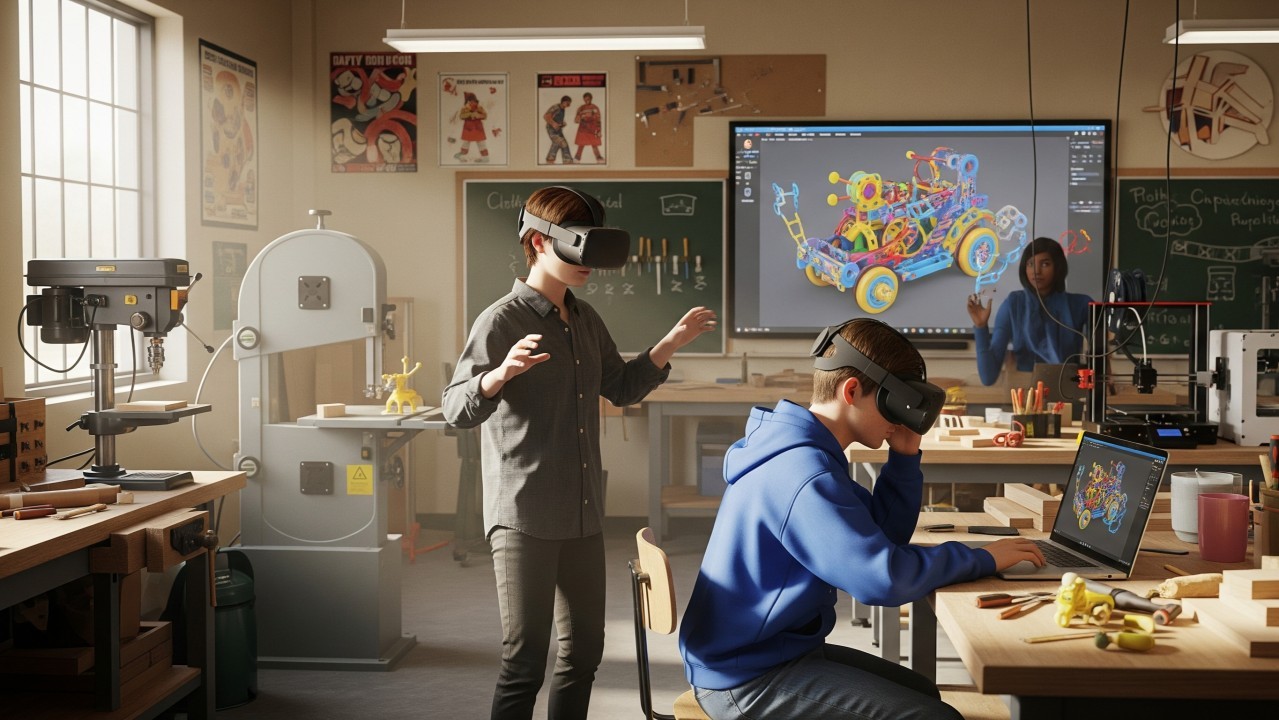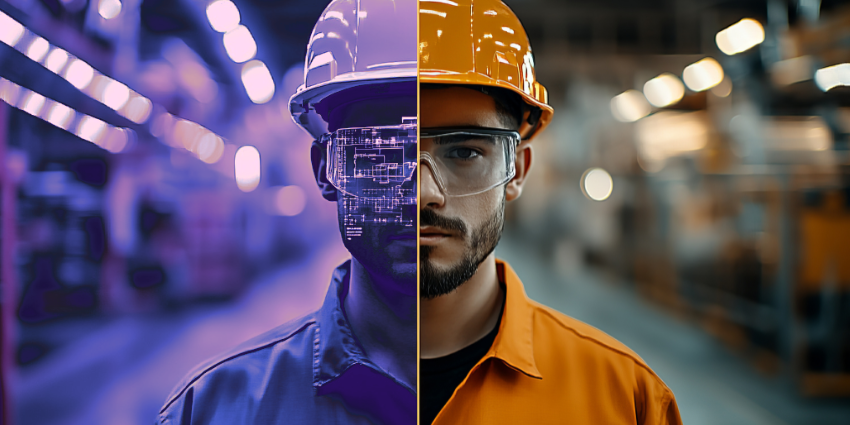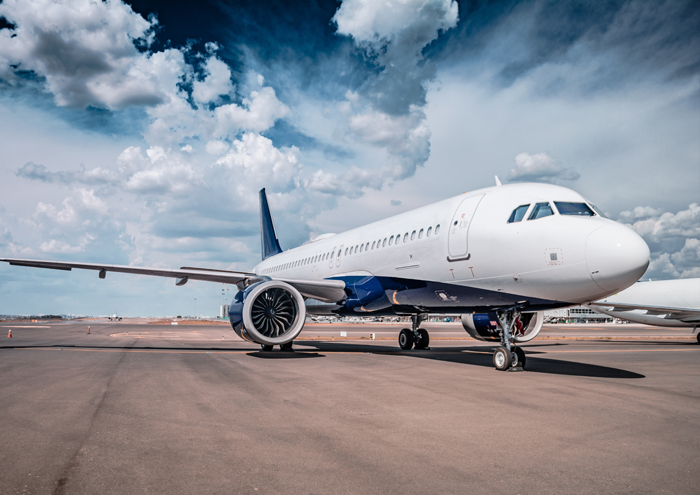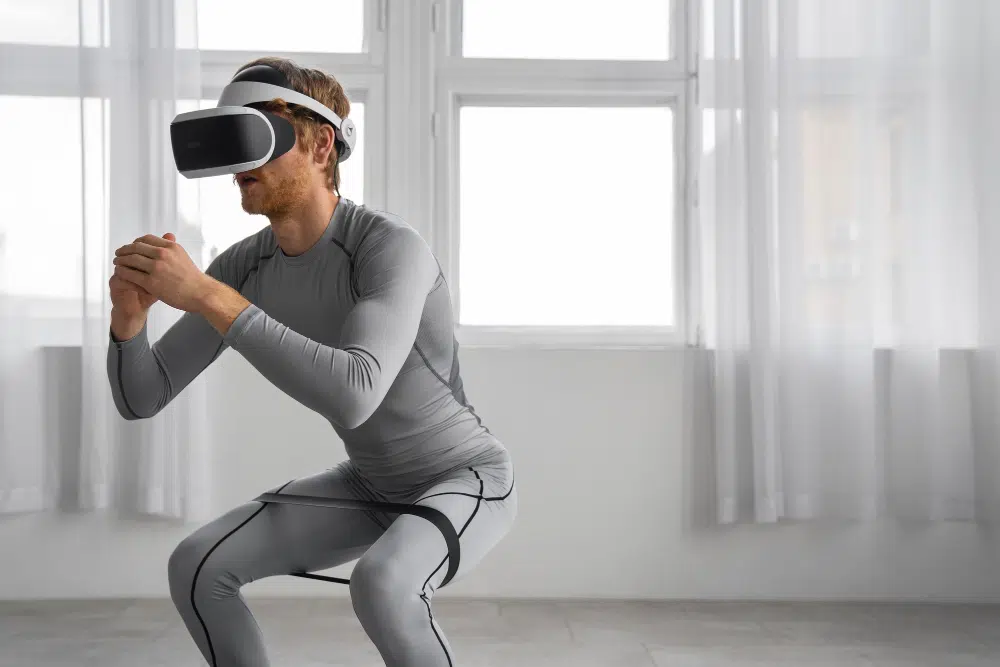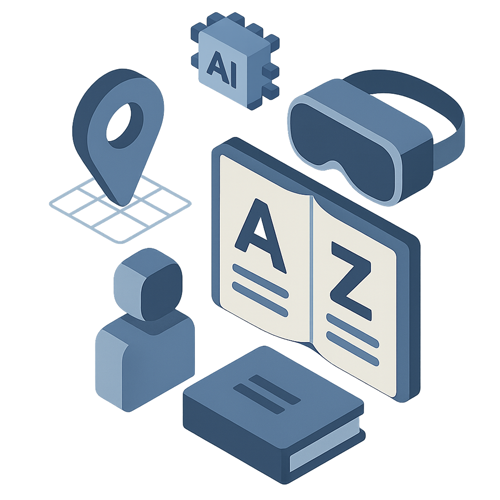Get ready to supercharge CTE design education by creating amazing learning objects! This exciting process involves crafting crystal-clear learning goals for design students—like challenging them to design and build a new toy using virtual reality—and then assembling the perfect content to make it happen. By designing these powerful, reusable tools, we will deliver incredibly engaging, interactive, and accessible experiences that empower students and bring their creative visions to life by using a mixture of design elements and promoting active participation integrating existing systems and tools to enhance the overall learning experience. This learning object is based off of our Virtual & Augmented Reality CTE Design Lab Proposal.
Educators try out our Designing a Toy Using Virtual Reality Learning Object!
By breaking curriculum down into self-contained and reusable digital „learning objects,“ educators can employ a powerful modular strategy. This allows them to efficiently mix and match these components to build flexible, adaptable, and personalized learning experiences for students (American College of Education, 2025).
Purpose of Learning Object
Embarking on a journey from pure imagination to tangible reality with a learning object designed to revolutionize how we create in CTE design education. Inside a boundless virtual reality (VR) workshop, you will become the inventor, sculpting, assembling, and iterating on your dream toy with intuitive, hands-on controls, free from the constraints of physical materials. But this is where the true magic ignites: using augmented reality (AR), you’ll seamlessly pull your digital creation out of the virtual world and place it right onto your own desk or floor, allowing you to test its scale, aesthetics, and playability in a real-world context. The core purpose of this experience is to holistically teach the entire iterative design thinking process—from ideation and rapid prototyping in VR to user-centered validation in AR—thereby equipping learners with the critical spatial reasoning and problem-solving skills essential for the next generation of designers, engineers, and creators – check out our Student Portfolio!
According to A. I. Santos et al. (2022), 85% of teachers are open to using a digital LO repository, especially if it involves both students and educators.
🛠️ Learning Objective
The core learning objective is to empower CTE design students to master and internalize the complete product design lifecycle by creating a toy, seamlessly bridging the gap between digital ideation and physical reality. Students will harness virtual reality as an immersive sandbox for rapid prototyping, allowing them to sculpt, assemble, and test their designs in a 1:1 scale environment, making critical adjustments to ergonomics and mechanics without the constraints of physical materials. The addition of augmented reality will then challenge them to contextualize their virtual creations, enabling them to visualize and evaluate their toy’s scale, aesthetics, and playability in a real-world setting, thus forging a profound understanding of how to transform an abstract concept into a compelling, market-ready product for the industries of tomorrow.
According to Dumitrica and Jarmula (2022), DLOs improved students‘ grasp of methodology, boosted their motivation and self-control, and created a new kind of learning setting.
Content the Learning Object
Designing a toy with a virtual and augmented reality learning object for CTE design students is a thrilling endeavor that transforms the entire product design pipeline into a dynamic, hands-on experience. The content of this learning object guides students through a comprehensive, project-based workflow, beginning with ideation and 3D modeling in an immersive VR environment—like sculpting with digital clay—and progressing to virtual prototyping where they can test ergonomics, mechanics, and material strength in real-time simulations. This object is very interactive, as students use their own hands via controllers to manipulate, assemble, and stress-test their toy designs, receiving immediate haptic and visual feedback on their choices. It’s also incredibly engaging, leveraging the „wow“ factor of AR to project their virtual creation as a holographic blueprint onto their physical desk, allowing them to walk around and evaluate their toy in a real-world context, turning abstract CAD files into tangible visions. This approach makes learning inherently accessible by removing the financial and physical barriers of constant 3D printing and material waste, democratizing the design iteration process for all students regardless of school resources. Finally, the learning object is infinitely reusable; the core platform and its tutorials can be adapted for limitless projects—from designing a new action figure to a complex educational puzzle—ensuring that this powerful tool can be deployed year after year to inspire the next generation of innovators by bridging the gap between imagination and creation.
Mallidis-Malessas et al. (2021) showed that students found Digital Learning Objects (DLOs) like interactive simulations to be an effective and enjoyable way to learn.
Insights of the Selection Process and Considerations of Design Tools for Creating the Learning Object
Selecting the perfect design tool for a „Designing a Toy Using Virtual-Reality“ learning object is an exhilarating journey into the heart of immersive creativity! The process hinges on a thoughtful blend of pedagogical goals and user experience, prioritizing intuitive interfaces for learners while ensuring powerful capabilities for bringing imaginative toy concepts to life. Leading contenders in this space, such as the accessible Tinkercad for foundational block-based building, the more advanced and versatile Blender with its robust sculpting and animation features, or the truly immersive VR-native design environments like Gravity Sketch, offer a spectrum of functionalities. These tools empower students to not just model in 3D, but to sculpt, paint, and manipulate their creations with their own hands in a virtual space, fostering a profound sense of presence and ownership. The key is to choose a tool that seamlessly integrates with VR hardware, allowing for a fluid transition from design to in-world testing, and one that sparks joy and experimentation, transforming the learning process into an unforgettable adventure in design thinking and digital creation.
Best Practices of Learning Objects
Designing a toy using virtual reality is a fantastic example of the power of modern learning objects. The very best practices in learning object design hinge on creating focused, reusable, and engaging experiences, much like crafting an engrossing VR world. This means starting with crystal-clear learning objectives, embracing interactivity through elements like simulations and immediate feedback, and ensuring the content is concise and accessible to everyone. To truly cater to diverse learners, robust design tools are paramount, with authoring systems like Articulate Storyline and Adobe Captivate leading the charge, especially when guided by the inclusive principles of Universal Design for Learning (UDL). The evidence for this approach is compelling; studies have shown that well-designed learning objects can significantly boost learning outcomes, sometimes by as much as 40%, because they transform passive observation into active exploration. It’s this very transformation that enhances learner interaction and deepens understanding. By allowing learners to manipulate variables, make choices in branching scenarios, and engage with content in a variety of ways, learning objects foster a dynamic and personalized educational journey that is not only more effective but also far more motivating and enjoyable.
To invent something, you should first find inspiration and imagine freely without worrying about limits. Only after you have an idea should you figure out how to make it practical and real, always staying curious about how and why things work (Wachtel, 2025).
In summary, we can revolutionize CTE design education by launching students into an exhilarating journey from imagination to reality with a powerful new learning object. This approach is all about empowering students to design and build a toy by first immersing them in a boundless virtual reality workshop where they can sculpt, assemble, and rapidly prototype their ideas without the constraints of physical materials. The true magic ignites when they use augmented reality to seamlessly project their digital creation into their own physical space, allowing them to test its scale, aesthetics, and real-world appeal. By integrating great design tools into this incredibly interactive, engaging, and reusable experience, we are not just teaching software; we are ingraining the entire iterative design thinking process, equipping the next generation of innovators with the critical spatial reasoning and problem-solving skills to turn their creative visions into market-ready products.
References
American College of Education. (2025). TECH6363 – Technology Use in Educational Environments: Module 8 [Part 1 & 2 Presentation]. Canvas. https://ace.instructure.com/courses/2095233/modules/items/43357181
Dumitrica, D., & Jarmula, P. (2022). Teaching Qualitative Research Methods in Media and Communication: The Benefits and Limitations of Digital Learning Objects. The Qualitative Report. https://doi.org/10.46743/2160-3715/2022.5256
Mallidis-Malessas, P., Iatraki, G., & Mikropoulos, T. A. (2021). Teaching physics to students with intellectual disabilities using digital learning objects. Journal of Special Education Technology, 37(4), 510–522. https://doi.org/10.1177/01626434211054441
Santos, A. I., Costa, A. C., Botelho, A. Z., Parente, M. I., Cascalho, J., Freitas, D., Behr, A., Rodrigues, A., & Mendes, A. B. (2022). Learning objects in the educational context: The perspective of teachers in the Azores. Education Sciences, 12(5), 309. https://doi.org/10.3390/educsci12050309
Wachtel, P. (2025, August 16). Life of a toy designer & inventor. https://www.linkedin.com/pulse/life-toy-designer-inventor-peter-wachtel/?trackingId=NrKThOaOQSaEXS8wcnwbeg%3D%3D
Quelle:
Foto: AI image of students designing toys using virtual reality in a CTE woodshop design makerpace lab.
https://www.linkedin.com/pulse/designing-toy-using-virtual-reality-peter-wachtel-ywwec


